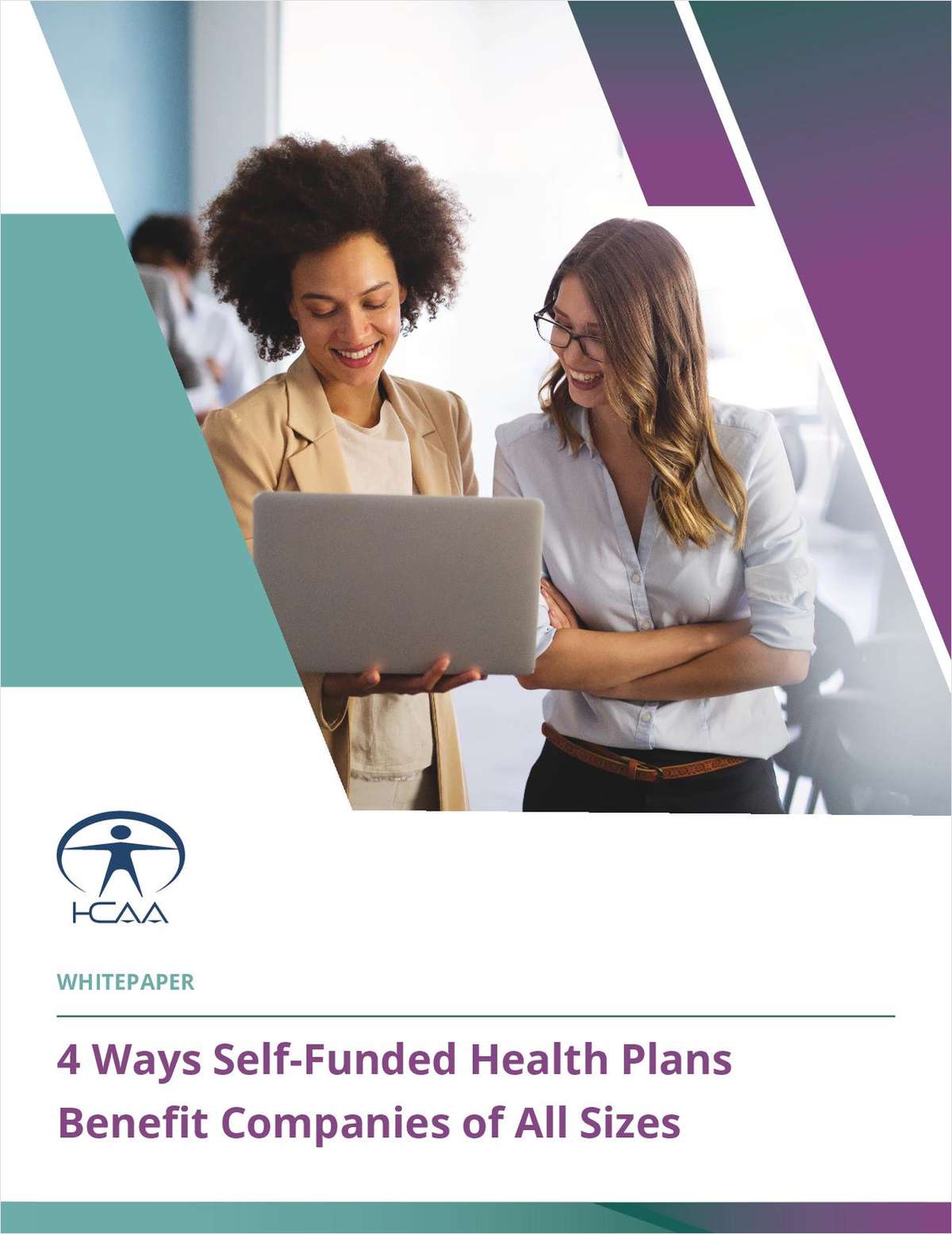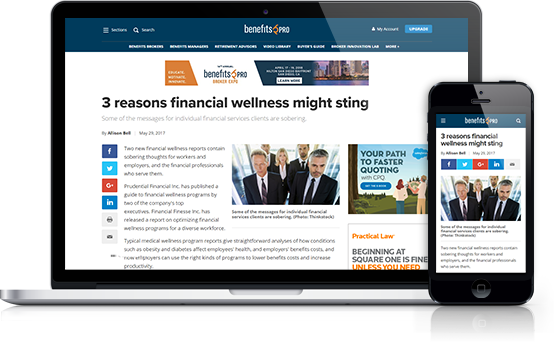These days, the role of a broker involves more than justrecommending the right insurance products for a business. Employersvalue brokers who function as consultants, helping them meet theircompany’s HR objectives.
Among those HR objectives are boasting a competitivebenefit package to attract and retain top talent; meeting the needsof a diverse work force; and keeping employees happy, healthy andproductive.
So, brokers obviously propose core benefits and then round outthe package with voluntary offerings. Both traditional andnon-traditional voluntary benefits help employers meet the diverseneeds of their work force by letting the employees choose what’smost important to them. One of those non-traditional voluntarybenefits – employee purchase programs – is also helping employerswith another HR goal – keeping employees productive.
Continue Reading for Free
Register and gain access to:
- Breaking benefits news and analysis, on-site and via our newsletters and custom alerts
- Educational webcasts, white papers, and ebooks from industry thought leaders
- Critical converage of the property casualty insurance and financial advisory markets on our other ALM sites, PropertyCasualty360 and ThinkAdvisor
Already have an account? Sign In Now
© 2024 ALM Global, LLC, All Rights Reserved. Request academic re-use from www.copyright.com. All other uses, submit a request to [email protected]. For more information visit Asset & Logo Licensing.








